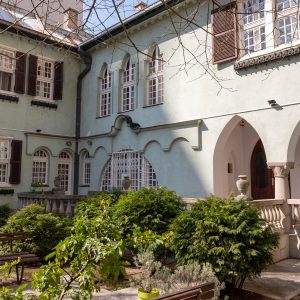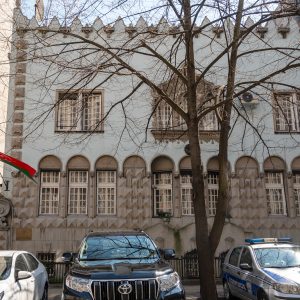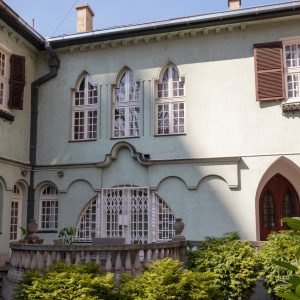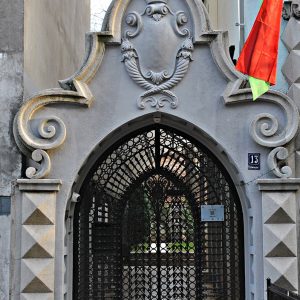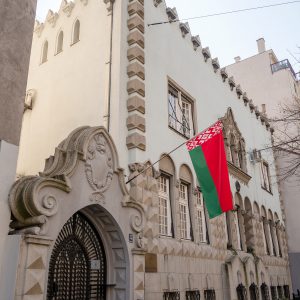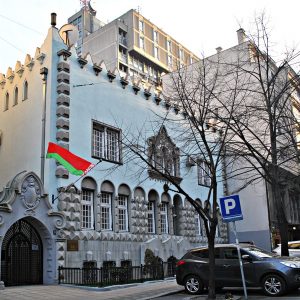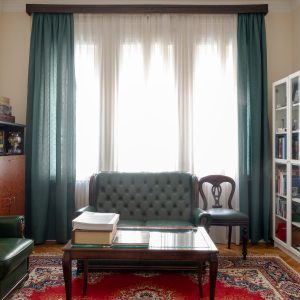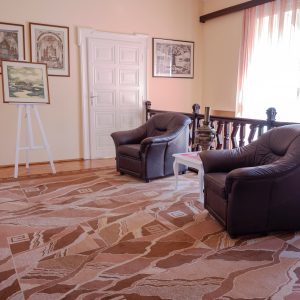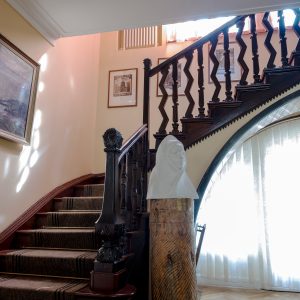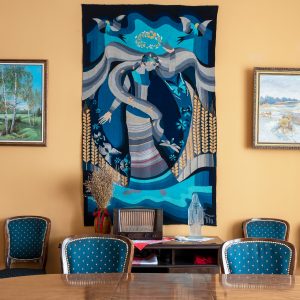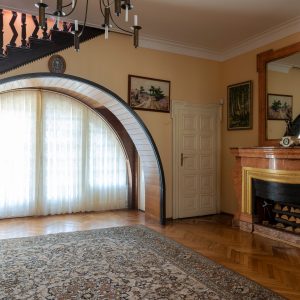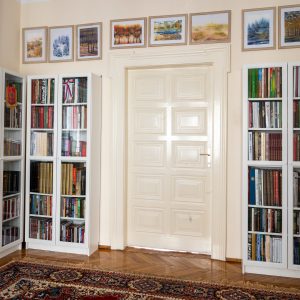By Žikica Milošević
Škarka’s villa – one of Brašovan’s first masterpieces
The building that today houses the Embassy of Belarus – the famous Škarka’s Villa – is one of the most iconic buildings of ‘old Belgrade’.
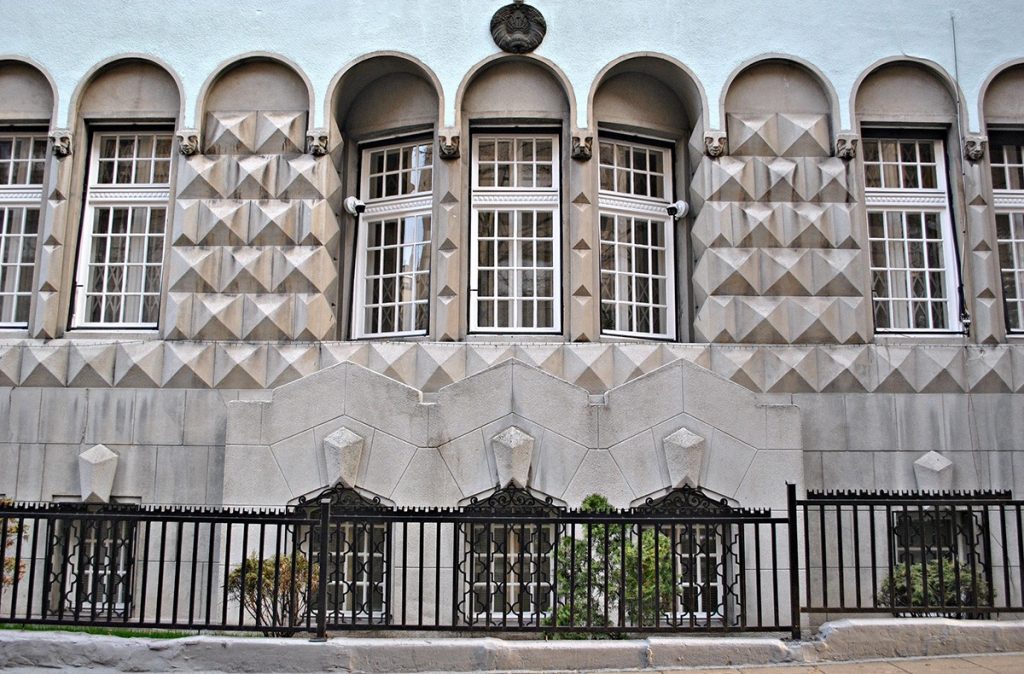
The 19th century was a century of migration to “new lands”. Some people emigrated to the both Americas, Africa, Asia or Australia, while others migrated around the European continent. It is especially interesting to note that, at that time, the Czechs came to Serbia, the only free Slavic country besides Russia. That is how the Škarka family came to this area, whose descendant Richard Škarka, the president of the branch of the Prague Credit Bank, will build a villa which was designed by one of the young architectural superstars of the new age, Dragiša Brašovan.
Thanks to his education in Budapest in the early 20th century (1907-1918), Brašovan took a liking for the then-dominant urban style – romantic eclecticism. Young Brašovan was as brave as Gaudi in Barcelona, and he usually mixed ‘unmixable’ styles: Romanesque, Venetian Gothic, Baroque, Art Deco and the Czech architectural cubism – all of which have found their perfect place in this small but rather impressive house.
“Juxtaposed with a wrought-iron gate, there are thick bars with a broken Gothic arch, which has a baroque gable above it, which all make this building a must-see. Škarka’s villa always surprises us and is always exciting to look at”
Škarka’s villa was built during 1926 and 1927, at a time when the whole world was experiencing the roaring 1920s. This was a time of breaking with an unbroken tradition that lasted from the Renaissance, Baroque, Rococo, Classicism to Neoclassicism, and immersion in the period of Romanticism, from before the Renaissance, combining all that with the new age and new materials. The villa’s façade is a single plane, and the decorative elements taken from historical styles such as Romanesque, Venetian Gothic and Baroque contribute to its picturesqueness. The “diamond treatment”, that one immediately notices when looking at the villa, is typical of Czech Cubism, through which Brašovan pays homage to his client and his ancestral country.
Upstairs, a triple window with rich ornamentation is an exciting surprise compared to the ground floor which is a trifora with broken Gothic arches, baroque volutes and animal, plant and anthropomorphic decorative motifs. The top of the façade, with its jagged arches, imitates medieval castles, which stands in stark contrast to the flat façade of the first floor. All in all, juxtaposed with a wrought-iron gate, there are thick bars with a broken Gothic arch, which has a baroque gable above it, which all make this building a must-see. And that’s true not only for today but also for 1927 when it was given an award as one of the most beautiful buildings in our capital. And it is clear why. Škarka’s villa always surprises us – from sharp to round lines, from simplicity to sudden decorativeness, and it is always exciting to look at.
The richly decorated exterior goes hand in hand with the luxurious interior. A painting on the ceiling of the circular hall on the ground floor has been preserved to this day, but the painter is still unknown. The interior is characterized by an arched ceiling under a winding staircase with a beautiful decorative fence. The original furniture has not been completely preserved, since the villa was nationalized. Today, it is the home to the embassy of one of the friendliest Slavic countries – Belarus. We are guessing that Škarka, whose family was pan-Slavic oriented, would be satisfied with the outcome.
